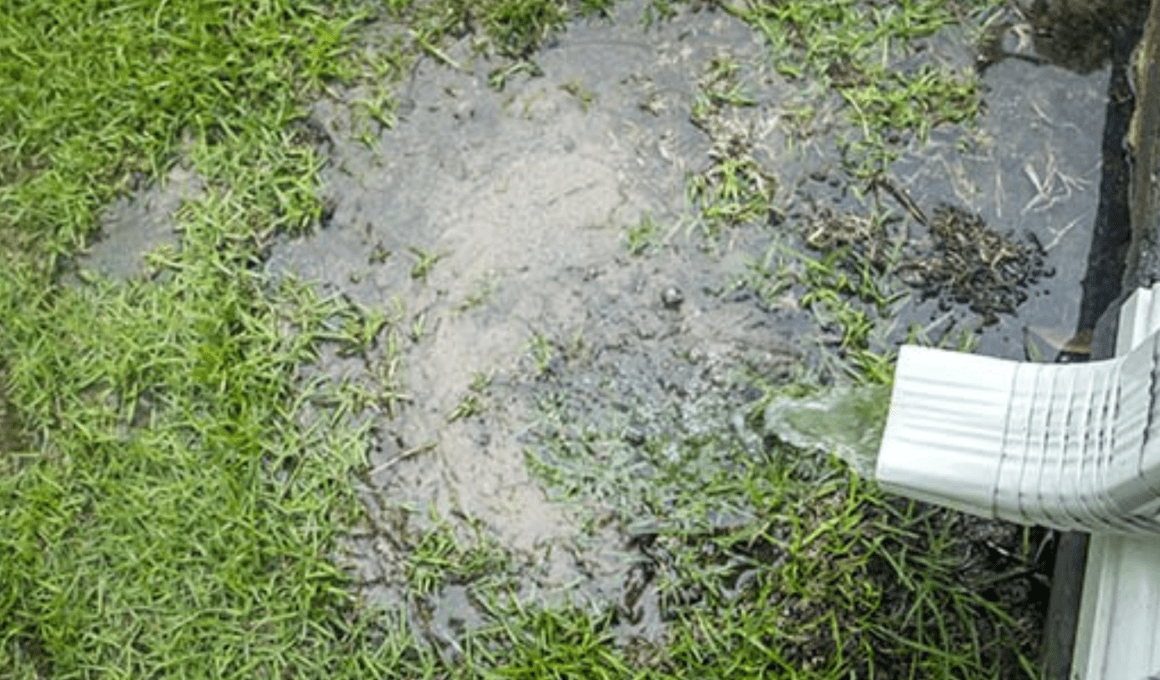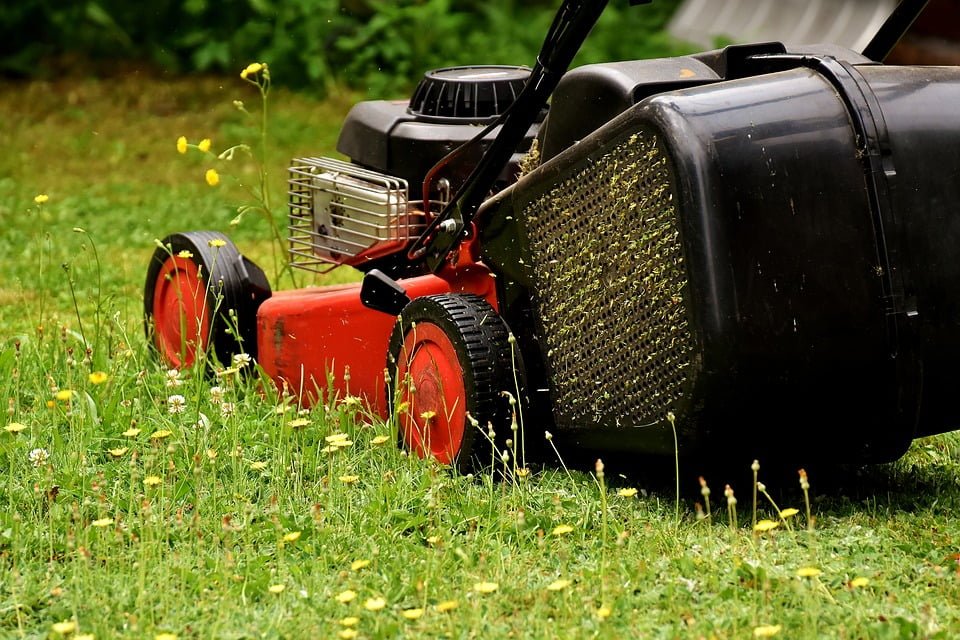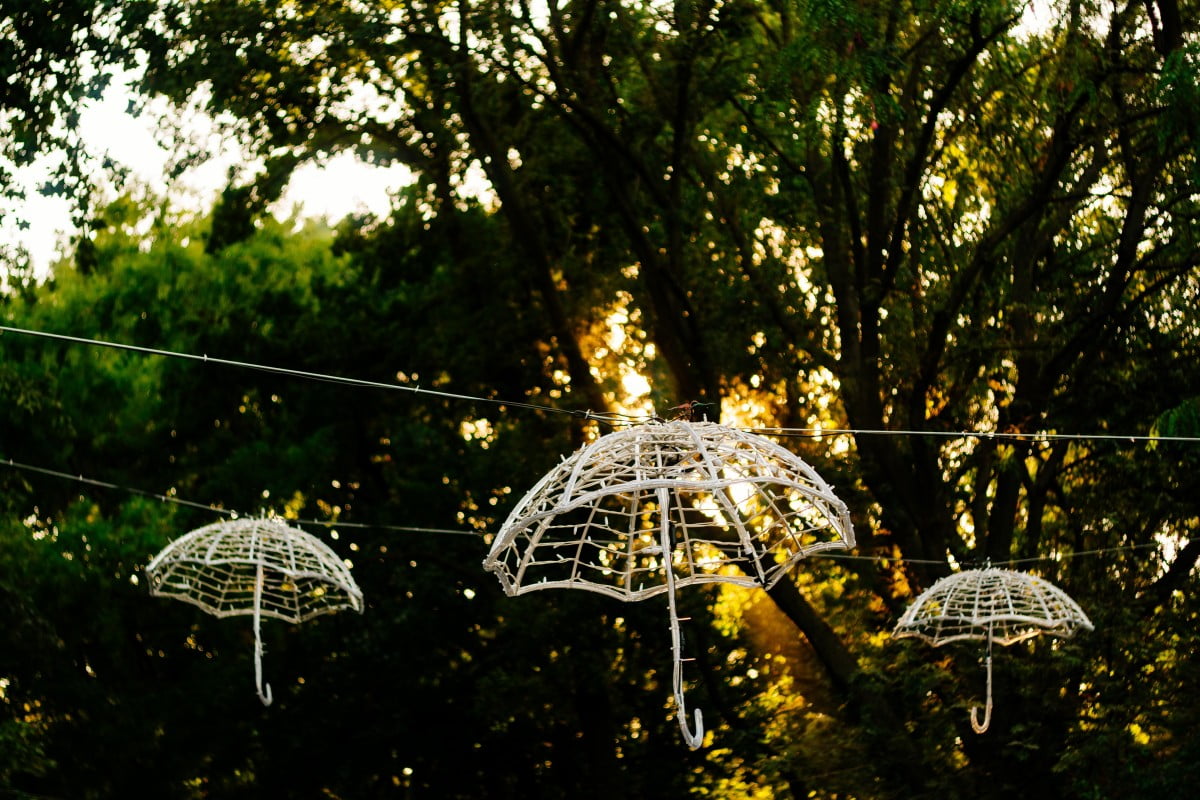Quick Summary
- Assessing drainage issues in your yard is important to prevent damage to your yard and foundation from waterlogging.
- There are various options to divert water, such as French drains, creating a slope, installing a swale, and using gutters and downspouts.
- Regular maintenance of your yard’s drainage system is crucial to ensure effective water diversion and prevent issues like flooding, soil erosion, and foundation damage.
- Implementing techniques like berming, using sump pumps, rain barrels, rain chains, and diverters can also help in diverting and managing water in your yard.
Assess the Drainage Issues in Your Yard
Assessing the drainage issues in your yard can help you identify the areas that need attention. It’s crucial to evaluate landscaping options to redirect water away from your property effectively. By implementing proper drainage solutions, you can prevent water from pooling in your yard, which can lead to various safety hazards.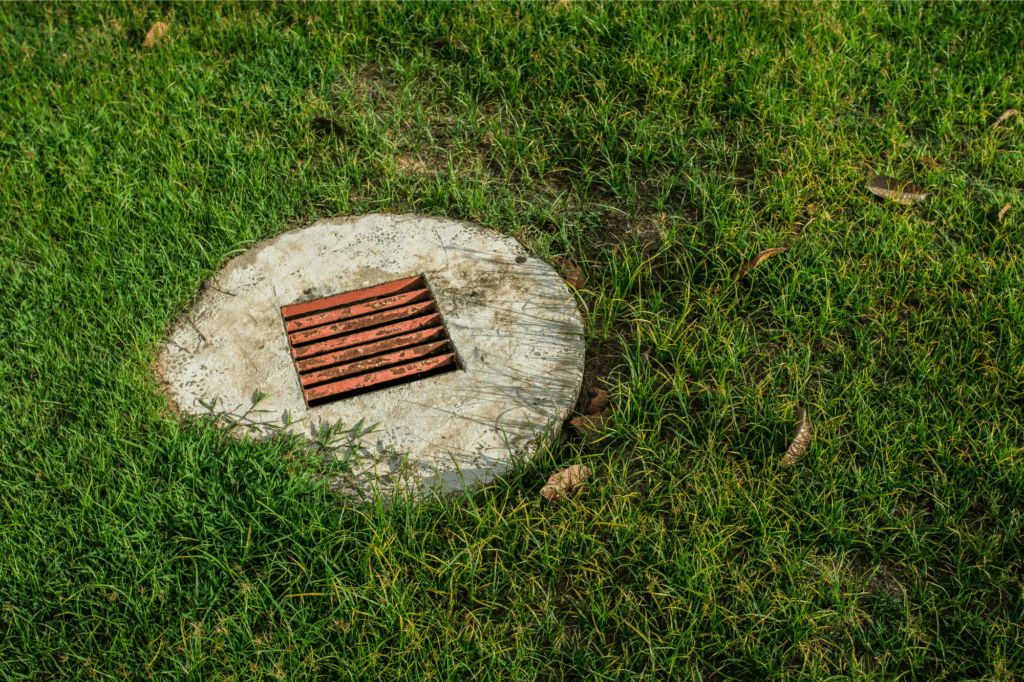 Start by identifying any low-lying areas or spots where water tends to accumulate after rainfall. These areas are prone to waterlogging and can cause damage to your yard and even your home’s foundation. Once you’ve identified these problematic areas, consider implementing proper drainage solutions.
One option is to install French drains, which are trenches filled with gravel or rock that help redirect water away from your yard. Another effective solution is to create a slope in your yard, ensuring that water flows away from your property. You can achieve this by regrading the soil or installing a swale, which is a shallow ditch that collects and directs water away.
Additionally, consider adding gutters and downspouts to your home to collect rainwater and direct it away from your foundation. This’ll prevent water from seeping into your basement and causing potential flooding or structural damage.
Assessing the drainage issues in your yard is essential for maintaining a safe environment. Evaluate landscaping options and implement proper drainage solutions to effectively divert water away from your property. By doing so, you can protect your yard and home from potential water damage and ensure the safety of your surroundings.
Start by identifying any low-lying areas or spots where water tends to accumulate after rainfall. These areas are prone to waterlogging and can cause damage to your yard and even your home’s foundation. Once you’ve identified these problematic areas, consider implementing proper drainage solutions.
One option is to install French drains, which are trenches filled with gravel or rock that help redirect water away from your yard. Another effective solution is to create a slope in your yard, ensuring that water flows away from your property. You can achieve this by regrading the soil or installing a swale, which is a shallow ditch that collects and directs water away.
Additionally, consider adding gutters and downspouts to your home to collect rainwater and direct it away from your foundation. This’ll prevent water from seeping into your basement and causing potential flooding or structural damage.
Assessing the drainage issues in your yard is essential for maintaining a safe environment. Evaluate landscaping options and implement proper drainage solutions to effectively divert water away from your property. By doing so, you can protect your yard and home from potential water damage and ensure the safety of your surroundings.
Create a Slope in Your Yard
To effectively redirect excess water, you should consider shaping the terrain of your outdoor space to create a gentle slope. This will help ensure that the water flows away from your yard and towards a safe drainage area.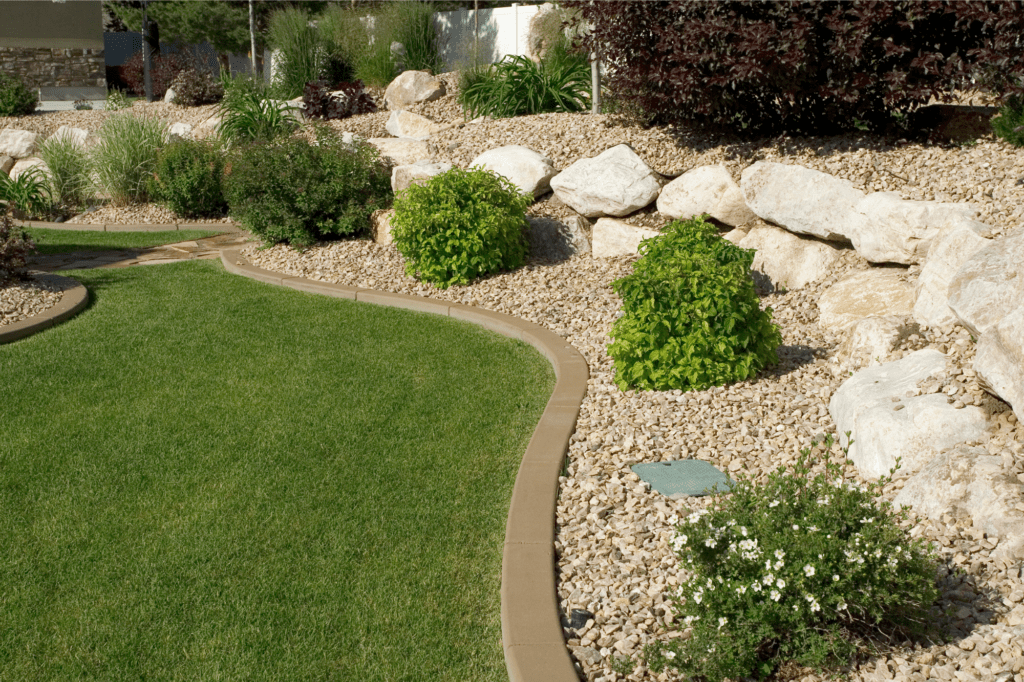 One way to create a slope is by using a technique called ‘berming.’ To do this, you can build up soil along the edges of your yard to create a raised area that slopes downward. This will help to channel the water away from your yard and prevent it from pooling in unwanted areas.
Additionally, installing a sump pump can be a great solution to divert water in your yard. A sump pump is a device that is installed in a pit in your basement or crawl space and is designed to pump water out and away from your home. By installing a sump pump, you can effectively redirect water away from your yard and prevent any potential flooding issues.
Remember, safety should always be a top priority when redirecting water in your yard, so make sure to consult a professional if you’re unsure about any aspect of the process.
One way to create a slope is by using a technique called ‘berming.’ To do this, you can build up soil along the edges of your yard to create a raised area that slopes downward. This will help to channel the water away from your yard and prevent it from pooling in unwanted areas.
Additionally, installing a sump pump can be a great solution to divert water in your yard. A sump pump is a device that is installed in a pit in your basement or crawl space and is designed to pump water out and away from your home. By installing a sump pump, you can effectively redirect water away from your yard and prevent any potential flooding issues.
Remember, safety should always be a top priority when redirecting water in your yard, so make sure to consult a professional if you’re unsure about any aspect of the process.
Install Downspout Extensions
To direct water from your roof away from your yard, consider installing downspout extensions. These extensions are flexible, allowing for easy adjustment to ensure the water is directed in the desired direction. By using downspout extensions, you can effectively prevent water from pooling and causing damage to your yard or foundation.Direct water from your roof away from your yard
Redirect rainwater from your roof to prevent it from flooding your beautiful yard and ruining all your hard work. One effective way to do this is by installing a rain barrel. By collecting rainwater in a barrel, you can reuse it for watering your plants and garden, thus conserving water and reducing your water bill. To install a rain barrel, position it under a downspout extension and secure it properly. Ensure that the barrel has a tight-fitting lid to prevent mosquitoes from breeding and to keep debris out. Additionally, consider implementing rainwater harvesting methods such as using rain chains or diverters to direct water from your roof into a designated area away from your yard. Remember, by managing rainwater properly, you can maintain a safe and beautiful yard.Use flexible extensions to allow for easy adjustment
Using flexible extensions can make adjusting the flow of rainwater a breeze. Here are three reasons why flexible extensions are beneficial for diverting water in your yard:- Easy installation: Flexible extensions can be easily attached to your downspouts without the need for any special tools or equipment. Simply slide them onto the end of the downspout and secure them in place.
- Adjustable length: These extensions can be adjusted to the desired length, allowing you to direct water exactly where you want it. Whether you need to extend the reach or redirect the flow, flexible extensions offer the flexibility to do so.
- Prevents erosion: By redirecting rainwater away from your yard, flexible extensions help prevent soil erosion. This not only protects your landscaping but also ensures the safety of your property’s foundation.
Build a Rain Garden
Planting a rain garden transforms your yard into a beautiful oasis that effortlessly collects and absorbs rainwater. It’s a fantastic way to divert water and prevent it from pooling in unwanted areas. When it comes to rainwater harvesting, a rain garden is an excellent solution. Not only does it help conserve water, but it also reduces stormwater runoff and erosion. To build a rain garden, start by selecting native plants that are well-suited to your area’s climate and soil conditions. These plants have deeper roots, allowing them to absorb more water and prevent erosion. Additionally, they require less maintenance and are more resistant to pests and diseases. Research the native plant species in your region and choose a variety that will thrive in your rain garden. When designing your rain garden, consider the natural slope of your yard to ensure proper water flow. Dig a shallow depression in the area where water tends to accumulate. This depression will act as a basin for rainwater, allowing it to slowly infiltrate into the ground. Add a layer of compost and mulch to improve soil quality and retain moisture. By incorporating a rain garden into your yard, you’ll not only divert water effectively but also create a beautiful and eco-friendly space. Enjoy the benefits of rainwater harvesting while supporting native plant species and enhancing the safety of your yard.Install French Drains
To install French drains in your yard, start by digging a trench and filling it with gravel and a perforated pipe. This will help to divert water away from your yard and prevent pooling. Make sure to direct the water towards the drain so that it flows smoothly and doesn’t cause any damage.Dig a trench and fill it with gravel and perforated pipe
Transform your yard into a water-diverting oasis by digging a trench, filling it with gravel, and installing a perforated pipe that will effortlessly whisk away excess water. This method of water diversion is effective and can help prevent potential hazards caused by water pooling in your yard. Follow these steps for a successful installation:- Safety First: Before starting any digging, make sure to check for utility lines to avoid any accidents.
- Mark Your Trench: Use spray paint or string to mark the path of your trench, ensuring it’s sloping away from your yard.
- Dig Deep: Dig a trench about 12-18 inches deep and wide enough to accommodate the perforated pipe.
- Layer Gravel: Fill the trench with gravel, ensuring it’s evenly spread.
- Install the Pipe: Place the perforated pipe on top of the gravel, ensuring it sits below the surface level.
Direct water towards the drain to prevent pooling
By channeling the flow, you can guide excess water towards the drain, ensuring that it doesn’t accumulate and create hazardous pooling. Preventing water accumulation in your yard is crucial for maintaining a safe environment. One effective way to achieve this is by utilizing gutter systems. Make sure your gutters are clean and free from any debris that could obstruct the flow of water. Install downspouts that direct the water away from your house and towards the drain. You can also consider using splash blocks or extenders to further divert the water away from your yard. Regularly inspect and maintain your gutter system to ensure it is functioning properly and effectively diverting water towards the drain. By taking these simple steps, you can prevent water pooling in your yard and reduce the risk of accidents or damage.Can Diverting Water in My Yard Cause Seashells to Appear?
Can diverting water in your yard cause seashells found in yards to appear? This phenomenon may seem puzzling, but it can actually be attributed to natural processes. When water is redirected, especially from sources like underground springs or nearby rivers, it can bring along sediment and debris, including seashells. As the water flows, it deposits these seashells in your yard, leaving behind intriguing treasures from the sea.
Can an Electric Fence be Used to Divert Water in the Yard?
When it comes to diverting water in the yard, an electric fence is not a suitable solution. Electric fence voltage information refers to the power running through the fence to deter animals. It does not have the capability to redirect or manipulate water flow. For water diversion, it’s necessary to consider alternative methods such as landscaping, drainage systems, or retaining walls.
Use Dry Wells
Create a natural solution for diverting water in your yard by utilizing dry wells. Dry wells are an excellent alternative to traditional drainage systems and offer several benefits. Here are four reasons why you should consider using dry wells:- Prevents water pooling: Dry wells effectively collect and absorb excess water, preventing it from pooling in your yard. This helps eliminate the risk of slips and falls, ensuring a safer environment for you and your loved ones.
- Reduces soil erosion: By diverting water to dry wells, you can protect your yard from soil erosion. This is especially important if you have sloping areas in your yard that are prone to erosion. Dry wells help retain moisture in the soil, promoting healthy plant growth and preventing erosion.
- Filters contaminants: Dry wells act as natural filters, removing contaminants and pollutants from the water before it seeps into the ground. This ensures that the water entering the soil is clean and safe for plants and groundwater.
- Cost-effective and low maintenance: Dry wells are a cost-effective solution that requires minimal maintenance. Once installed, they continue to function efficiently without the need for regular upkeep, saving you time and money in the long run.
Consider a Swale
Consider implementing a swale in your outdoor space to effectively manage excess rainfall and promote healthy soil. A swale is a simple and cost-effective solution for diverting water in your yard. It is a shallow trench or depression that is designed to collect and redirect rainwater. By incorporating a swale into your landscape, you can prevent water from pooling in unwanted areas and damaging your property. One of the main benefits of a swale is that it helps to control erosion. The depression in the ground allows the water to slow down and soak into the soil, rather than running off and causing erosion. This helps to protect your yard from the damaging effects of water runoff, such as soil erosion and loss of nutrients. When considering the dimensions of your swale, it is important to ensure that it is wide and deep enough to handle the amount of rainfall in your area. The width of the swale should be at least three times the depth to effectively capture and redirect the water. Additionally, the slope of the swale should be gentle enough to prevent erosion, but steep enough to allow water to flow freely. Implementing a swale in your outdoor space can provide numerous benefits, such as managing excess rainfall and promoting healthy soil. By following the proper dimensions and slope, you can effectively divert water in your yard and create a safe and sustainable landscape.Maintain Your Yard’s Drainage System
To ensure your outdoor space stays free from excess water and potential damage, it’s crucial to properly maintain your yard’s drainage system. Rainwater management and yard flooding prevention should be top priorities for anyone concerned about safety. Here are some steps you can take to maintain your yard’s drainage system effectively:- Clean gutters and downspouts regularly: Clogged gutters can cause water to overflow and pool near your foundation, leading to potential flooding. Make sure to remove any debris that may obstruct the flow of rainwater.
- Inspect and repair drainage pipes: Check for any cracks or leaks in your yard’s drainage pipes. These can result in water seepage and erosion. Repair any damages promptly to prevent further issues.
- Grade your yard properly: Ensure that your yard is sloped away from your house. This helps direct water away from your foundation and prevents it from pooling in your yard.
| Neglected Maintenance | Proper Maintenance |
|---|---|
| Increased flooding risk | Reduced flooding risk |
| Soil erosion | Soil stability |
| Potential foundation damage | Foundation protection |
| Pest infestation | Pest prevention |
| Water damage to plants | Healthy plant growth |





